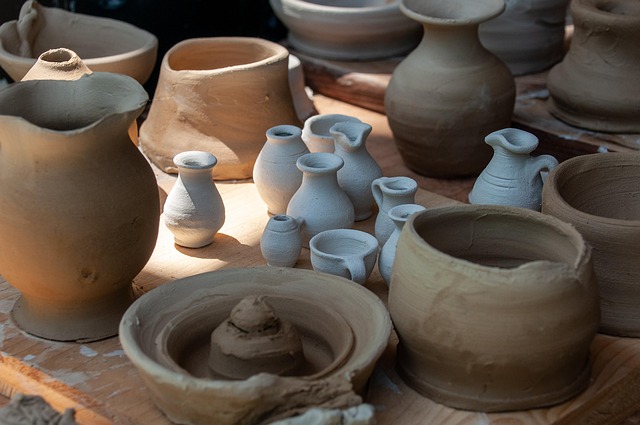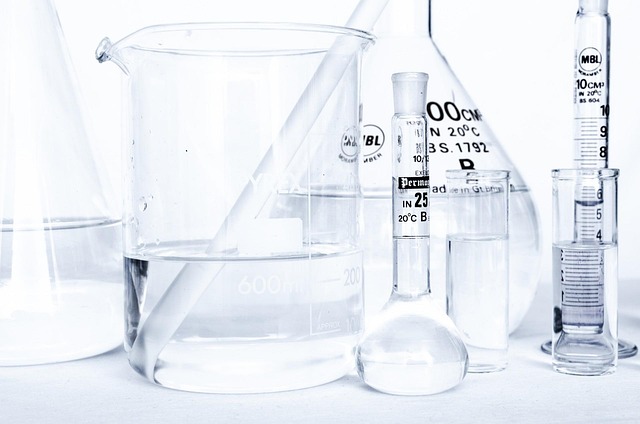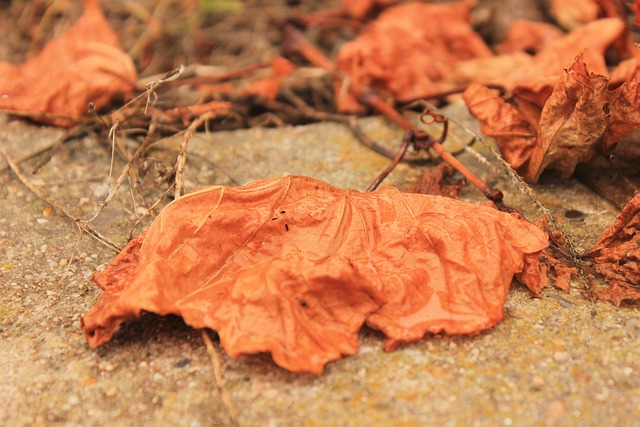
Silicosis in Pottery
Pottery is a cherished art form that allows individuals to express creativity through shaping clay into functional and decorative pieces. However, amidst the joy of crafting, there lies a potential health risk known as silicosis, commonly referred to as Potter’s Lung or Potter’s Rot. This chronic lung disease is primarily caused by the inhalation of silica dust, which can be prevalent in many pottery studios.
What is Silicosis?
Silicosis is a lung disease that results from prolonged exposure to silica dust, a fine particle found in various types of clay. When potters work with clay, especially during processes like sanding or grinding, silica dust can become airborne and easily inhaled. Once inhaled, these tiny particles can settle in the lung tissue, leading to inflammation and scarring over time. This condition can significantly impair lung function and overall health.
Causes and Symptoms
The primary cause of silicosis is the continuous breathing of silica dust, which can occur in various stages of pottery making. Symptoms may not appear immediately and can take years to develop. Common symptoms include:
- Shortness of breath: Initially during physical activity, but can progress to rest even at rest.
- Coughing: A persistent dry cough that may worsen over time.
- Fatigue: A general feeling of tiredness that can affect daily activities.
- Chest pain: Discomfort or pain in the chest area, especially during deep breaths.
Recognizing these symptoms early is crucial for potters, as timely intervention can help manage the condition more effectively.
Impact on Pottery Work
Beyond health concerns, silica dust can also affect the quality of pottery projects. Excessive dust can lead to poor adhesion of glazes and clays, resulting in less desirable finishes. Therefore, maintaining a clean workspace not only protects health but also enhances the quality of the work produced.
Preventative Solutions
Fortunately, there are several straightforward measures that potters can adopt to minimize the risk of silicosis:
- Use of Dust Masks: Wearing a properly fitted mask can significantly reduce the inhalation of silica dust.
- Ventilation: Ensure that the workspace is well-ventilated. Use exhaust fans or open windows to help disperse dust.
- Wet Methods: Whenever possible, use wet techniques for sanding and mixing clay, as moisture can help keep dust from becoming airborne.
- Regular Cleaning: Maintain a regular cleaning schedule in the studio to minimize dust accumulation.
- Education: Stay informed about the risks associated with silica dust and participate in workshops or training sessions focused on safe pottery practices.
Implementing these practices can create a safer environment for potters of all skill levels, allowing them to focus on their craft without compromising their health.
Conclusion
While pottery is a fulfilling and creative pursuit, awareness of the risks associated with silica dust is essential. By understanding silicosis and adopting preventive measures, potters can protect their lung health and ensure a sustainable practice. Embracing safety in the studio not only enhances personal well-being but also contributes to the overall quality of the art being created.

















 Genetics at Boston Children's Hospital
Genetics at Boston Children's Hospital 
 Health
Health  Fitness
Fitness  Lifestyle
Lifestyle  Tech
Tech  Travel
Travel  Food
Food  Education
Education  Parenting
Parenting  Career & Work
Career & Work  Hobbies
Hobbies  Wellness
Wellness  Beauty
Beauty  Cars
Cars  Art
Art  Science
Science  Culture
Culture  Books
Books  Music
Music  Movies
Movies  Gaming
Gaming  Sports
Sports  Nature
Nature  Home & Garden
Home & Garden  Business & Finance
Business & Finance  Relationships
Relationships  Pets
Pets  Shopping
Shopping  Mindset & Inspiration
Mindset & Inspiration  Environment
Environment  Gadgets
Gadgets  Politics
Politics 